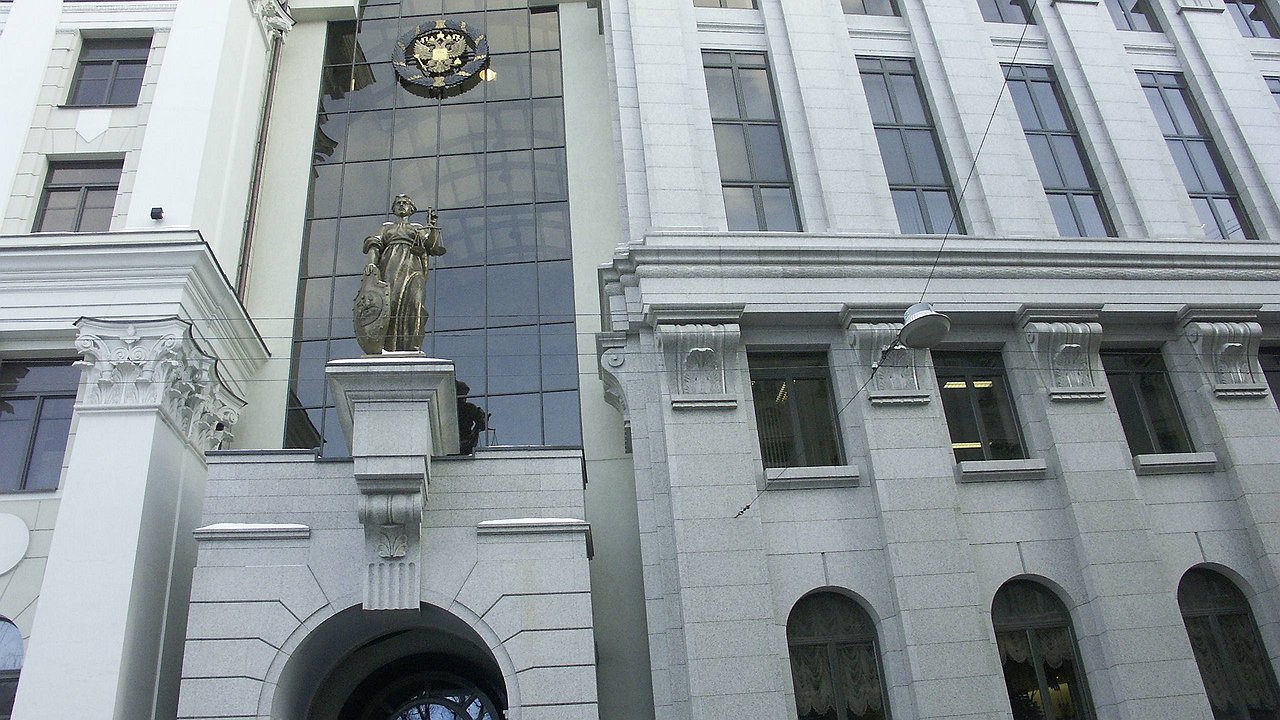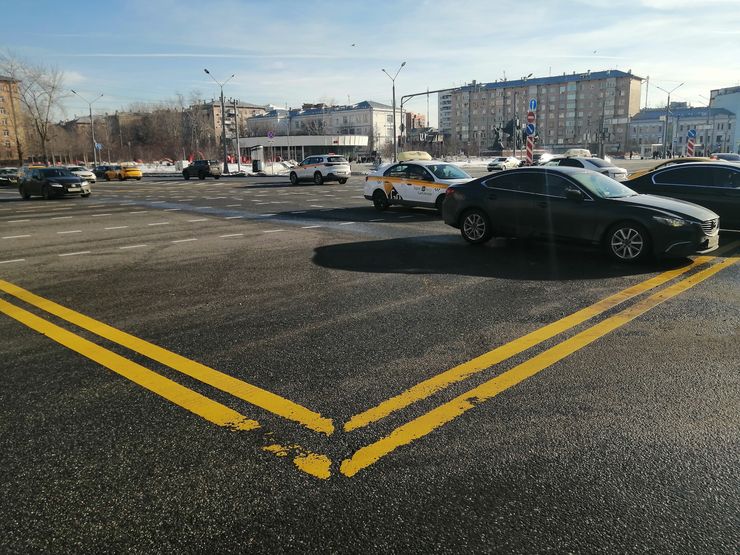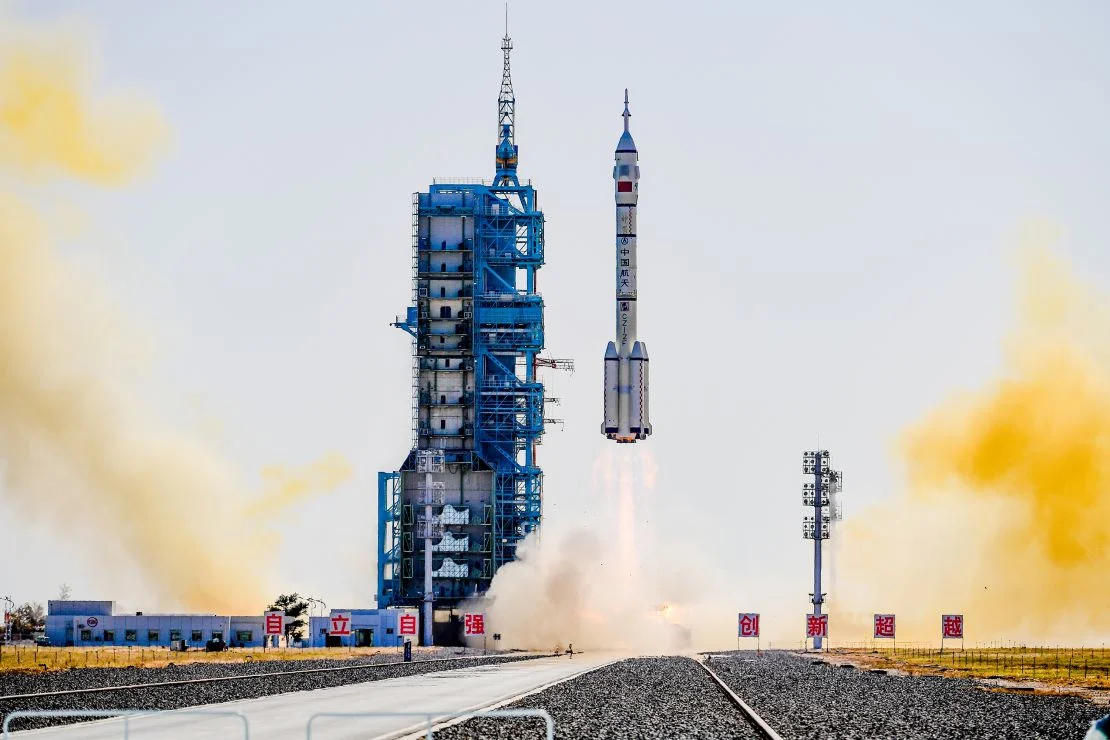A complaint from Perm resident Sergei Kalinin about an unfair fine imposed using an automatic recording camera reached the highest court. At the end of 2020, he rented his LADA Vesta to another citizen, SV Krasnoborov.
About a month later – January 26, 2021 – the latter, while driving this car, violated traffic rules: he remained in a traffic jam at the intersection of Heroev Khasan and Chkalov streets in Perm when the traffic light turned red. The car was detected by an automatic recording camera the next day and the local traffic police imposed a fine on the vehicle’s owner under Part 1 of Art. 12.13 Code of administrative offenses for driving to a busy intersection – 1000 rubles.
Mr. Kalinin, after receiving this ‘congratulatory letter’, decided that he should not be responsible for the sins of his tenant and went to court. Kalinin initially presented a lot of evidence showing that at the time of the traffic violation the car was not in his possession, but in that of Krasnoborov: a lease agreement, a deed of transfer of the car, a receipt for receipt of money (rent payment) and an MTPL policy issued in Krasnoborov’s name. Moreover, the latter himself appeared at the meeting and confirmed that he, and not Mr Kalinin, was driving the car at the time of the offence.
The court studied the documents submitted, listened to the testimonies and ruled that all this does not rule out that the owner of the car can drive it during the rental period. Conclusion: refuse to withdraw the fine.














